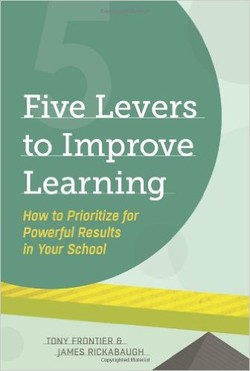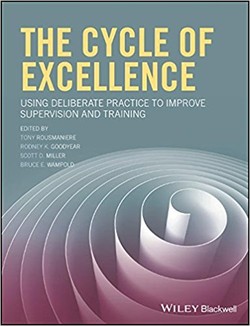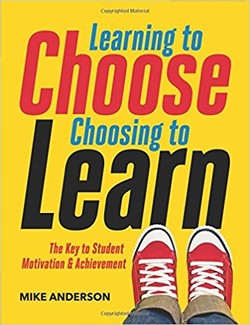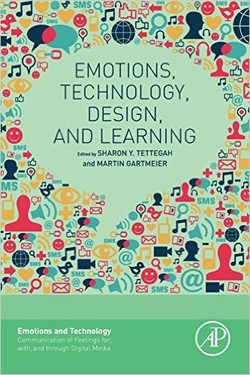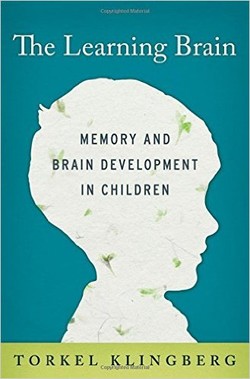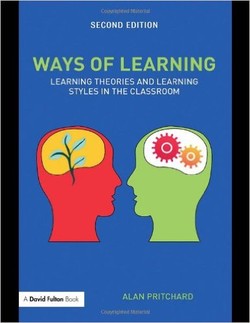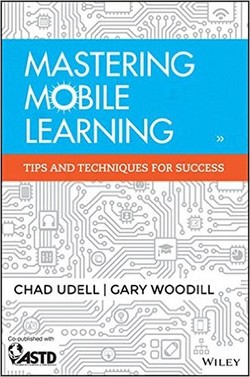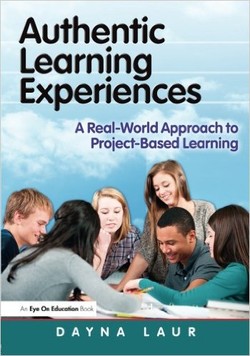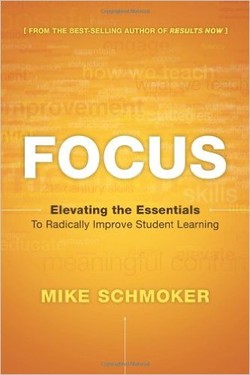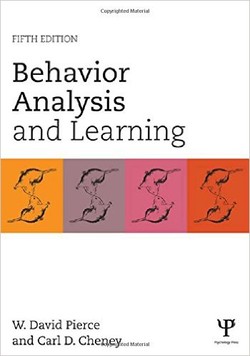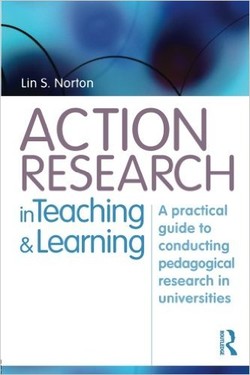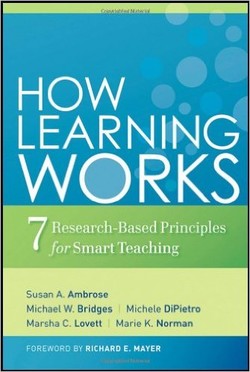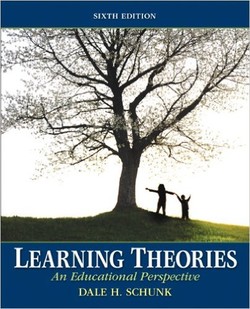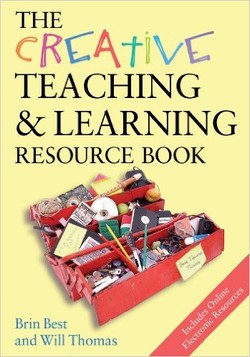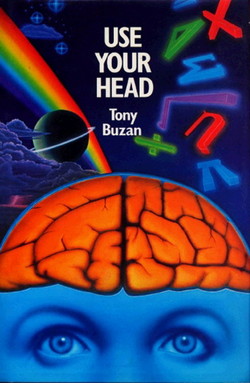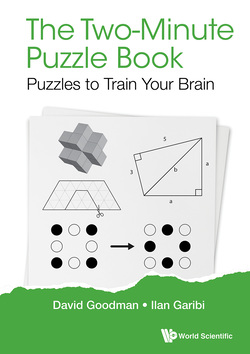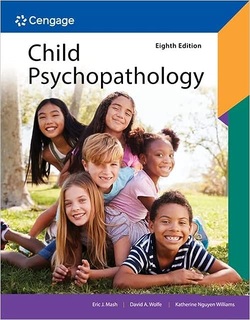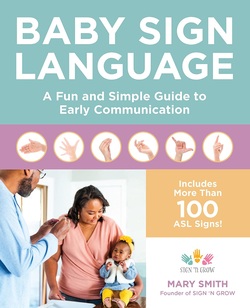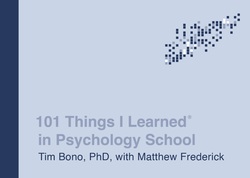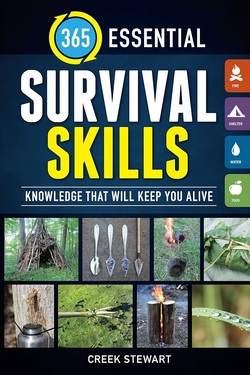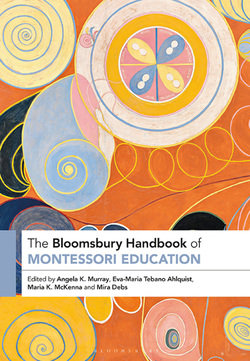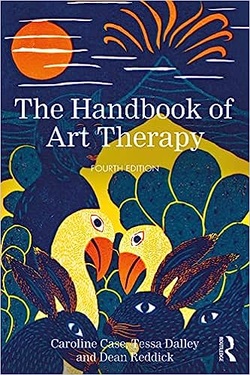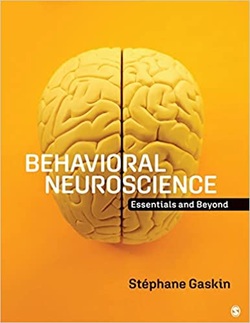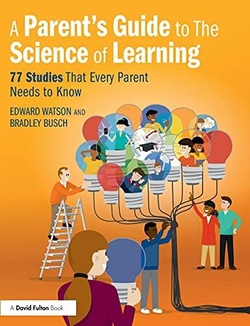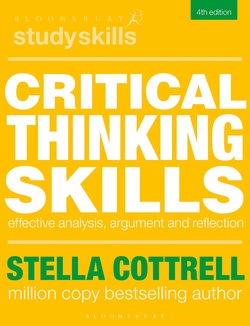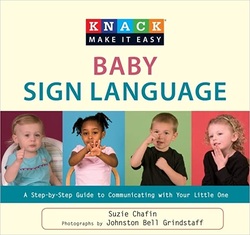پنج اهرم برای بهبود یادگیری
قیمت 16,000 تومان
در این کتاب Tony Frontier و James Rickabaugh توضیح میدهند که مؤلفههای مختلف افت تحصیلی به پنج دسته تقسیم میشود: ساختار، نمونه، استانداردها، استراتژی و خویشتن. درک عملکرد این پنج اهرم و قدرت نسبی آنها میتواند به گشودن عوامل بالقوه برای بهبود پایدار در آموزش و یادگیری کمک کند. نویسندگان به خوانندگان نشان میدهند که تغییرات در ساختار و نمونه (نحوه سازماندهی مدارس و گروهبندی دانشآموزان) بدون تغییر استانداردها (انتظارات برای یادگیری دانشآموزان)، استراتژی (استراتژیهای آموزشی برای تعامل با دانشآموزان در یادگیری مفهومی) و خویشتن (مجموعهای از باورهای معلمان و دانشآموزان در مورد استعدادهای سودمندشان) مؤثر نخواهد بود. در قلب این کتاب یک پیام ساده برای معلمان، مدیران، اعضای کادر آموزشی و سیاستگذاران آموزش و پرورش در تمام سطوح بیان شده است: “کلید موفقیت انجام کار بیشتر و تغییرات بیشتر نیست، بلکه انجام کار صحیح و ایجاد تغییرات صحیح میباشد.”
سال انتشار: 2014 | تعداد صفحات: 207 | حجم فایل: 4.90 مگابایت | زبان: انگلیسی
Five Levers to Improve Learning: How to Prioritize for Powerful Results in Your School
نویسنده:
Tony Frontier, James Rickabaugh
ناشر:
Association for Supervision & Curriculum Development
Why have decades of school reform had so little measurable effect on student achievement? Why have billions of dollars spent on technology, small-school initiatives, and school-choice options failed to improve our schools? Too often, educators are simply pulling the wrong levers, say Tony Frontier and James Rickabaugh. They explain that the various components of schooling fall into five categories: structure, sample, standards, strategy, and self. Understanding how these five levers work-- and their relative power--can help unlock the potential for lasting improvements in teaching and learning. The authors show readers that changes to structure and sample (how schools are organized and how students are grouped) will not be effective without changes to standards (expectations for student learning), strategy (instructional strategies to engage students in meaningful learning), and self (the set of beliefs teachers and students have about their capacity to be effective).At the heart of this book is a simple message for teachers, administrators, board members, and education policymakers at all levels: the key to success is not doing more work and making more changes, but doing the right work, and making the right changes.
